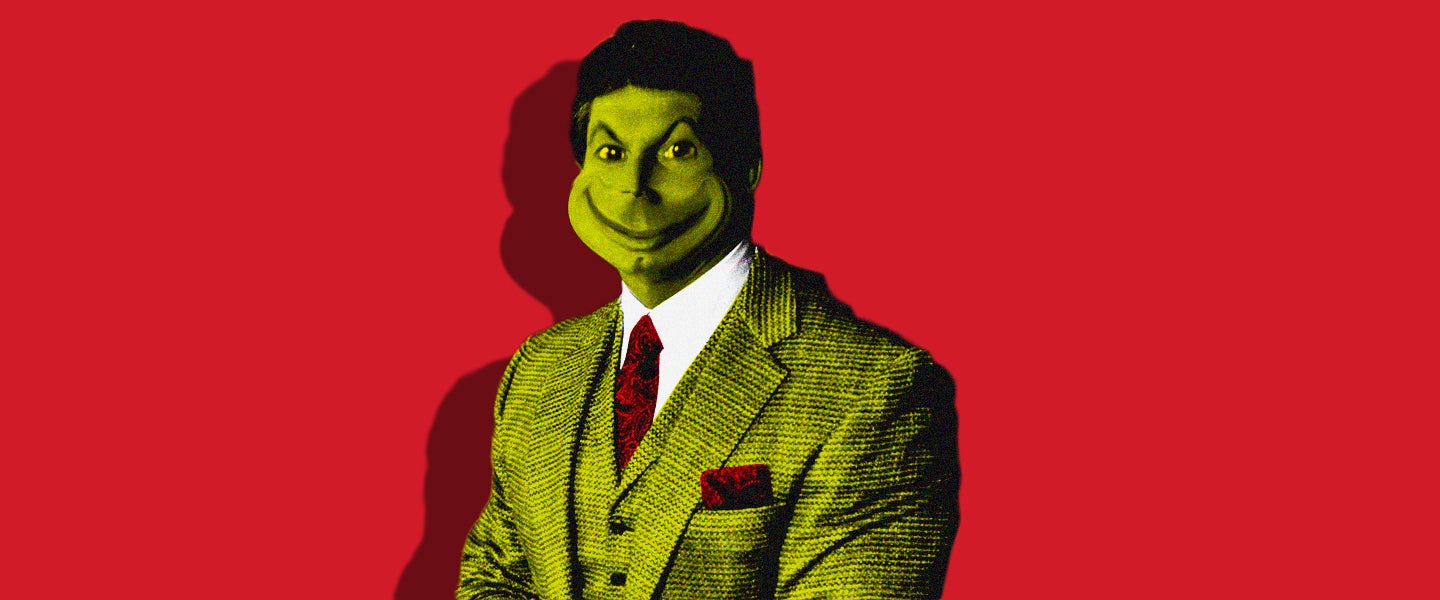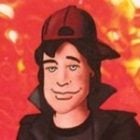Thirty-five years ago, during Christmas week, pro wrestling changed forever. It was then that the creeping danger of one of the various regional wrestling promotions expanding nationally came to a head. The northeast-based WWF had moved into California; Georgia Championship Wrestling had moved into the dormant states of Ohio and Michigan; and even the San Antonio-based Southwest Championship Wrestling had tried to move outward. Eventually, someone had to win. And at Christmas 1983, someone did.
As with Thanksgiving, Christmas was a huge night for major wrestling events, especially in the South. In the north, the tradition was most strongly upheld by Verne Gagne’s American Wrestling Association. Based out of the Twin Cities, the AWA was primarily a Midwest stronghold, but it also extended out into the Rocky Mountains, Northern California and Arizona. The promotion, known for its light schedule, was set to do several consecutive shows all over the Western U.S. to cash in on Christmas week, going from St. Paul to San Francisco to Phoenix before heading back to Milwaukee. And all of that big box office was going to be built upon the back of top star Hulk Hogan.
Well, at least it looked that way until Christmas Night in St. Paul.
“We get to St. Paul Christmas night, and Hogan doesn’t show up,” recalled Greg Gagne, Verne’s son, in a 2015 interview with the Pancakes and Powerslams podcast. “I called him up and said, ‘Hulkster, what’s going on?’ [Hulk said], ‘Well, imma go to New York.’ He said, ‘Didn’t you get the telegram?’ I said, ‘Verne thought it was [a prank] from [Florida promoter] Eddie Graham. You had an agreement with us until February. You know what, here’s the deal: If you wanna go to New York, do what everybody has done in this profession from years past. Fulfill all your commitments, go through Christmas week, and if you want to go, then go.’ [Hulk said], ‘Well, Vince paid me more money not to show up to the matches.’ That’s what he said to me. So, that was it.”
To most of the wrestling world, especially with communication being so slow back then, nobody knew anything was up, other than it was peculiar that Hogan no-showed one of the biggest shows of the year. The next night, though, in New York City at Madison Square Garden, was a bit of a shock: WWF Champion Bob Backlund’s near-six year title reign was ended by The Iron Sheik. WWF wrestling was incredibly formulaic in the regional era, with a revolving door of challengers for the heroic champion, and since Sheik, at that time, wasn’t exactly a major star, he wasn’t expected to be the one to dethrone Backlund. Which brings us to another aspect of the old WWF formula: Bad guys only held the WWF Championship for brief periods to transition the belt to a new good guy. But the WWF didn’t have a new good guy in waiting… and that’s when more people started to figure out where Hulk Hogan disappeared to.
Another day later, in St. Louis, the WWF was taping television in the Khorassan Room at the Chase Park Hotel. The event featured the debuts of Hogan, his AWA rival David Schultz, AWA announcer “Mean” Gene Okerlund and the new top heel tag team of Adrian Adonis and Dick Murdoch. For decades, the local Wrestling at the Chase TV show on KPLR had been an all-star showcase of the best talent from around the country, but now, suddenly, with the St. Louis promotion spiraling under new management, the WWF was in town and taking over. It was a deal that was deeply intertwined with all of Vince McMahon’s plans for expanding the WWF nationally.
Two months earlier, on October 23rd, Vince McMahon met with KPLR’s Ted Koplar and independent promoter Larry Matysik, who had been the general manager of the incumbent St. Louis promotion until having a falling out with the new management. According to Matysik’s book about St. Louis wrestling, Koplar had, in the middle of their negotiations for the KPLR wrestling time slot, sprung it on him that he had been talking to McMahon. At the meeting, everything seemed good, though, with everyone coming to an agreement that Matysik and McMahon would be partners in St. Louis.
But according to Matysik, that never really happened. A week later, McMahon pushed him out before anything was signed, though eventually, in February, he was brought on to host the St. Louis TV show and be the WWF’s local “agent.” The WWF, meanwhile, made a deal that was very lucrative for KPLR, paying them to handle much of the promotion’s production and videotape duplication for its syndicated programming, as well as a percentage of the area shows at the Kiel Auditorium.
More importantly, the day after the meeting was when McMahon flew to Minneapolis to woo Hogan. According to Hogan’s first memoir, WWF photographer Steve Taylor showed up at an AWA show in Chicago, asked Hogan if he could take a picture, and then handed him a card telling him to call McMahon. Hogan told a different version of how the meeting was set up, however, under oath in a 2011 deposition in a lawsuit over the dissolution of a deal for Hogan to help promote Paul “Big Show” Wight as a heavyweight boxer.
“Well, when [Vince] called Minnesota and said he had this opportunity for me to come back,” Hogan testified. “After we talked business and I made the decision to come back, we were pretty much tied to the hip from the whole time I was there, because we were changing the direction of the company.”
What was that direction? McMahon’s vision was to take the WWF from a small company to an internationally known brand, and “make it larger,” Hogan recalled. “My perception was that he was taking a small territorial wrestling company and launching a series of TV deals which would put us in every household. And once we were piped in every household, we could go wrestle everywhere. That’s the basic understanding when he first approached me, you know.”
Signing Hogan wasn’t the only way that McMahon was setting things up before Christmas either. In the first week of September, he launched a new TV show, All-American Wrestling, in a late Sunday morning time slot on USA Network, one of the most well-distributed early cable networks. Southwest Championship Wrestling had been paying for the slot until they couldn’t, so McMahon, whose Madison Square Garden events aired on tape delay on USA, stepped in to provide a new weekly show.
Still, All-American was not, at least initially, strictly a WWF show. After three weeks of profiles of the top WWF good guys (Backlund, Jimmy Snuka and Andre the Giant), the show featured matches from other promotions across America. After all, McMahon was their friend, why wouldn’t they send him their content? The fourth episode (the first with non-WWF content), aired on September 25th, and featured, naturally, a Hogan match from the AWA. Even the week before that, in the Andre the Giant episode, McMahon did a new voiceover on a Hogan vs. Andre match from three years earlier. Even though Hogan was the heel when the match took place, McMahon created a new narrative that a biased referee cost Hogan, who didn’t work for him and wouldn’t sign for a month, from being the man to end Andre’s lengthy undefeated streak.
In other words, Vince McMahon knew for quite a while what he was getting himself for Christmas.

